Was sind die Ursachen für Schäden in Brandstücken in Ofen.?
Kilnbuildende feuerfeindliche Ziegel können Industrieöfen helfen, der hohen Temperaturerosion zu widerstehen und die Leistung und Effizienz der Ofen zu verbessern. Sie sind ein unverzichtbarer Bestandteil von Hochtemperatur-Industrieöfen und eine wichtige Verteidigungslinie für diese.
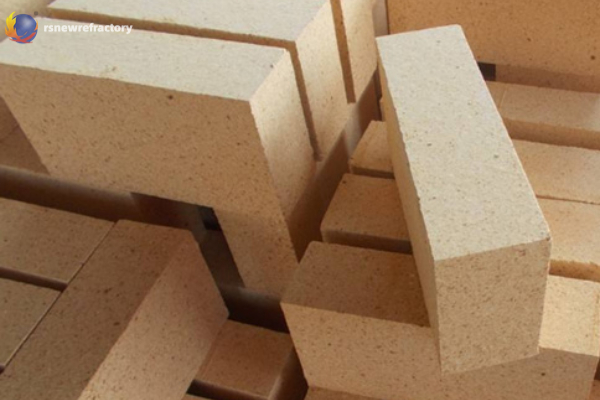
Wenn die Feuerfeste Ziegelsteine beschädigt sind, Dies wirkt sich nicht nur auf die Produktqualität aus, Dies führt aber auch dazu, dass der Ofen seinen Schutz verliert und zu Wartungszwecken abgeschaltet werden muss. Sobald der Ofen den Betrieb einstellt, Dem Unternehmen entstehen erhebliche wirtschaftliche Verluste. Verständnis der Gründe für den Schaden an rfeuerfeste Steine Durch gezielte Verbesserungen kann die Lebensdauer effektiv verlängert werden, Dadurch werden die wirtschaftlichen Verluste reduziert, die durch die Abschaltung des Ofens aus Wartungsgründen entstehen.
Was sind die Ursachen für Schäden an feuerfesten Ofenbausteinen??
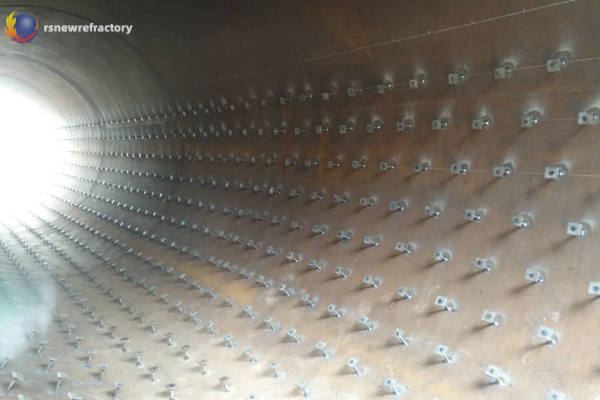
Schlackenerosion an feuerfesten Steinen
Die Schlackenerosion an feuerfesten Steinen umfasst im Wesentlichen drei Prozesse: Penetration, Auflösung, und Scheuern. Die Erosion von Schlacke auf feuerfesten Steinen hängt von der chemischen Zusammensetzung der Schlacke und der feuerfesten Materialien ab, Betriebstemperatur, Schmelzpunkt, und Fließzustand der Schlacke, einschließlich des Eindringens gelöster Schlacke in feuerfeste Materialien, Dies führt zu strukturellen Abplatzungen.
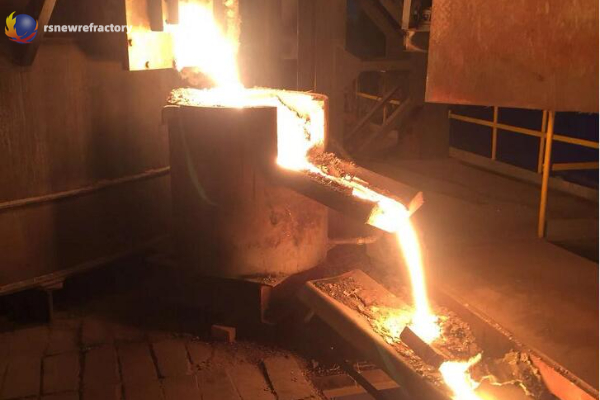
Schäden durch thermische Belastung
Abplatzungen werden durch ungleichmäßige Beanspruchung der feuerfesten Steine verursacht, einschließlich: Geschmolzene Schlacke dringt in die feuerfesten Steine ein und bildet eine metamorphe Schicht, strukturellen Stress verursachen; Temperaturschwankungen im Ofen verursachen thermischen Stress; Der metallische Ofenmantel verursacht mechanische Belastungen; Kriechspannung, die durch feuerfeste Steine bei hoher Temperatur über einen längeren Zeitraum verursacht wird, usw. Verschiedene Spannungen wirken zusammen und verursachen Risse in den schwachen Teilen der Ziegeloberfläche, die sich immer weiter ausdehnen und ineinander eindringen und Risse bilden, und lassen den Ziegelkörper in Form von Flocken oder Blöcken zurück, so dass sich Abplatzungen bilden, Dies kann zu Schäden an den feuerfesten Steinen führen.
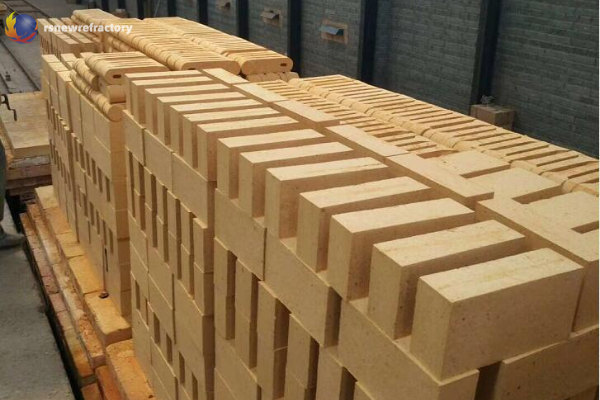
Mechanischer Verschleiß
Der mechanische Verschleiß von feuerfesten Steinen entsteht hauptsächlich durch schnelles Abtragen und fließende Schlacke, Dadurch wird nicht nur die chemische Reaktion zwischen Schlacke und feuerfesten Steinen verstärkt, sondern auch die Reaktionsprodukte mit niedrigem Ascheschmelzpunkt von der Steinoberfläche entfernt, sondern beschleunigt auch den Abschälprozess der metamorphen Schicht des Ziegelkörpers und Risse.
Das Obige ist nur das Grundprinzip der Beschädigung von feuerfesten Steinen. In Wirklichkeit, Die tatsächliche Verwendung von Öfen ist unterschiedlich, die auch zu unterschiedlich starken Schäden an feuerfesten Steinen führen können.
Welche Situationen sollten in Öfen vermieden werden??
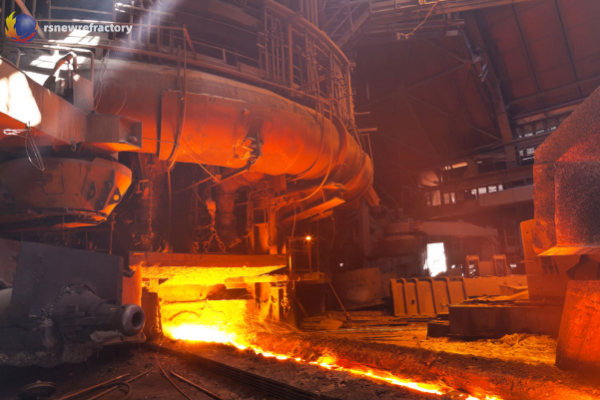
- Die Temperaturregelung des Ofens ist zu hoch, und es arbeitet über einen längeren Zeitraum bei zu hohen Temperaturen, was die Schadensrate von feuerfesten Steinen erheblich erhöht.
- Die Ofendüse ist abgenutzt und deformiert, was zu teilweisem Spritzen führt, was zu einer beschleunigten Schädigung der örtlichen feuerfesten Steine führt.
- Der Druck steigt und fällt beim Starten und Stoppen des Ofens zu schnell, Dies beschleunigt den Fall der feuerfesten Ziegelschicht, oder die Temperatur steigt während des Backvorgangs zu schnell an, und die Flamme wird wiederholt ausgeschaltet, wodurch die feuerfesten Steine durch zusätzliche Beanspruchung beschädigt werden.
 Rongsheng Refractories Factory
Rongsheng Refractories Factory
WeChat
Scannen Sie den QR-Code mit wechat